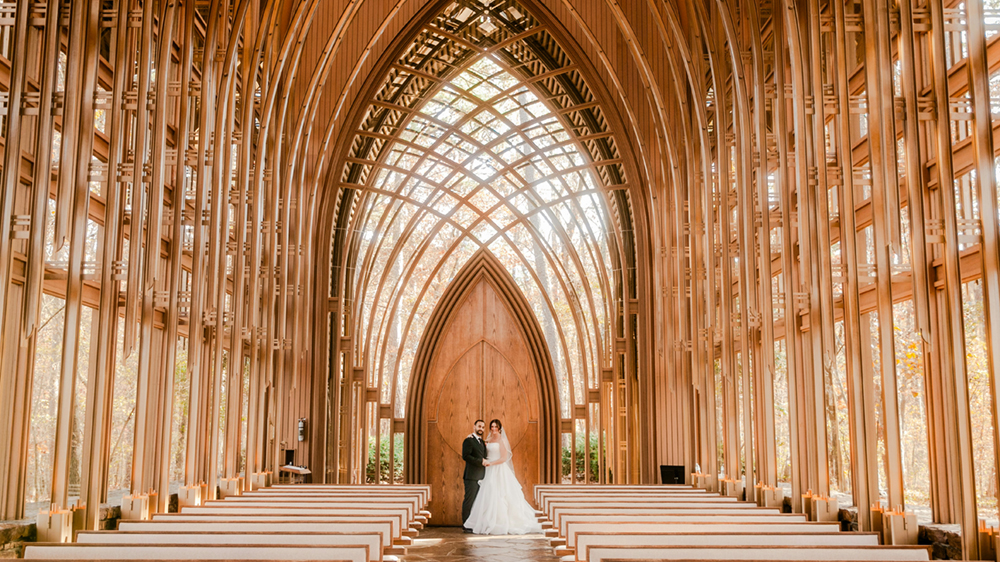Planning a wedding is an exciting journey, but one that requires careful financial planning to ensure you don’t overspend. From the venue to the attire, the reception to the entertainment, weddings come with a lot of expenses. To help you stay on track and avoid budget-related stress, here’s a comprehensive guide to managing your wedding expenses.
1. Set a Realistic Wedding Budget

Before diving into the details, it’s essential to establish a clear budget. The first step in managing your wedding expenses is understanding how much you’re willing or able to spend. Consider the following:
- Total Budget: Start by setting a maximum amount you want to spend on the entire wedding.
- Contributions: If you have family members or friends who are contributing to your wedding, factor those amounts into your budget.
- Priorities: Some areas (like the venue or photography) may be more important to you than others (like favors or décor). Knowing your priorities helps allocate funds where they’ll matter most.
2. Allocate Your Budget Wisely

Once you have a total wedding budget, break it down into categories. The typical breakdown of wedding expenses might look like this:
- Venue: 40-50% of the total budget
- The venue often takes up the largest portion of your wedding budget, especially in Singapore. This includes the cost of renting the space for both the ceremony and reception, as well as additional costs like catering, bar service, and any venue-specific fees.
- Having problem picking up your venue? See our guide on how to pick venue for your wedding day.
- Catering and Drinks: 15-20% of the total budget
- This is another significant expense, including food, beverages, cake, and sometimes even the staff required for serving.
- Photography and Videography: 10-15% of the total budget
- Wedding photography is an essential part of preserving your memories. In Singapore, a professional wedding photographer’s package can range from SGD 2,000 to SGD 6,000 or more. Videography packages typically cost between SGD 2,000 and SGD 4,000. Make sure to choose a photographer whose style aligns with your vision, and always check their portfolio before booking.
- Attire: 8-10% of the total budget
- Wedding dresses, suits, shoes, and accessories can quickly add up. Don’t forget alterations and accessories like veils or ties, which can increase the total spend.
- Flowers and Decorations: 8-10% of the total budget
- Floral arrangements, centerpieces, and other decorative elements add beauty to your wedding, but they can also be costly. DIY options or seasonal flowers can help save money.
- Entertainment: 5-10% of the total budget
- Whether you choose a DJ, live band, or other entertainment options, this will be a key part of your reception. Keep in mind that prices can vary significantly depending on the artist or company.
- Wedding Planner/Coordinator: 5-10% of the total budget
- If you hire a wedding planner or day-of coordinator, their fees should be included in your budget. A planner can help with the overall coordination of the event, saving you time and reducing stress.
- Miscellaneous Expenses: 5-10% of the total budget
- This includes items like transportation, wedding favors, invitations, and insurance. Don’t forget about things like tips for vendors, and any additional costs that may arise unexpectedly.
3. Track and Monitor Your Spending

Keeping track of your wedding expenses is essential to ensure you stay on top of your budget. Here are some ways to stay organized:
- Wedding Budget Apps: Many online wedding planning platforms offer budget calculators to help you manage your finances. Apps like WeddingWire or The Knot allow you to input your expenses and adjust your budget as needed.
- Create a Spreadsheet: If you prefer something more hands-on, create a spreadsheet to track your expenses. Update it regularly to see how much you’ve spent in each category and if you’re on track with your budget.
- Be Flexible: Weddings are full of unexpected expenses. If you overspend in one area, find ways to cut back in another. For example, if your venue cost exceeds your initial estimate, you might reduce your floral budget or opt for a more affordable photographer.
4. Cut Costs Without Sacrificing Quality
While wedding costs in Singapore can be high, there are plenty of ways to save money without compromising on quality:

- Venue Selection: Consider hosting your wedding on a weekday or off-season to get a discount. You can also explore non-traditional venues such as parks, barns, or private estates.
- DIY Projects: Get creative with DIY decorations, such as handmade centerpieces or personalized invitations. You can also enlist your friends and family to help with tasks like flower arrangements or favors.
- Limit Guest List: A smaller wedding means fewer guests, which can lower your catering and venue costs. Consider inviting only close family and friends for a more intimate celebration.
- Seasonal Flowers: Use flowers that are in season and local to your area. They’re not only more affordable, but they’ll also reflect the beauty of the time of year.
- Negotiate with Vendors: Don’t be afraid to ask for discounts or package deals from vendors. Many are willing to work with you to stay within your budget, especially if you book multiple services with them.
5. Plan for Unexpected Costs

Even with careful planning, unexpected costs can arise. To avoid surprises, build a contingency into your budget. A general rule of thumb is to set aside about 5-10% of your total budget for emergencies. This will help cover things like last-minute decor purchases, additional guest seating, or last-minute vendor fees.
6. Consider Alternatives for Expensive Items

Some of the bigger-ticket wedding items may not be necessary for everyone. Here are a few ideas for cutting down costs:
- Wedding Dress: You don’t need to buy a brand-new wedding dress. Consider shopping for pre-owned gowns or renting one for a fraction of the price.
- Invitations: Instead of expensive printed invitations, consider going digital with a wedding website and online invitations such as penmerit. This also reduces paper waste and is more eco-friendly.
- Reception Venue: Instead of a full-service venue, consider a more affordable option, like a community hall or backyard wedding, where you can control more of the elements.
7. Stick to Your Budget

As tempting as it may be to splurge on certain items, remember that your wedding is just one day of your life. Focus on what truly matters to you and stay disciplined about sticking to your budget. It’s better to have a beautiful and memorable day that doesn’t break the bank than to rack up debt for a few moments of luxury.
Final Thoughts
Planning a wedding can be overwhelming, especially when you’re trying to stay on budget. But with the right planning, organization, and discipline, you can have a beautiful wedding that fits within your financial means. By breaking down your wedding budget, tracking your spending, and finding creative ways to cut costs, you can manage your wedding expenses and create the wedding of your dreams without financial stress. Happy wedding planning!





